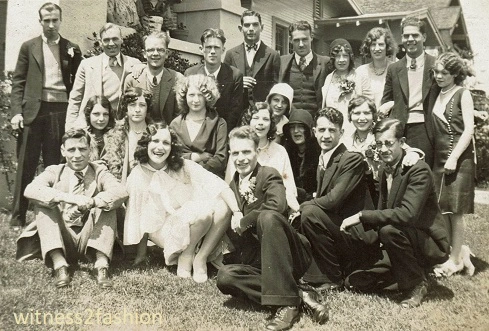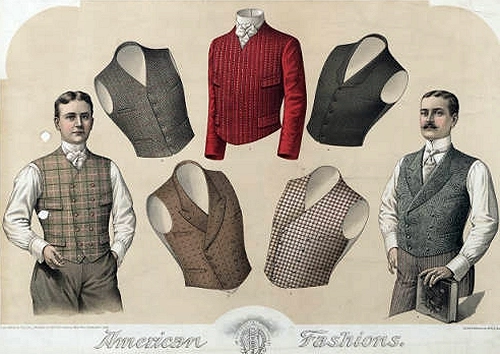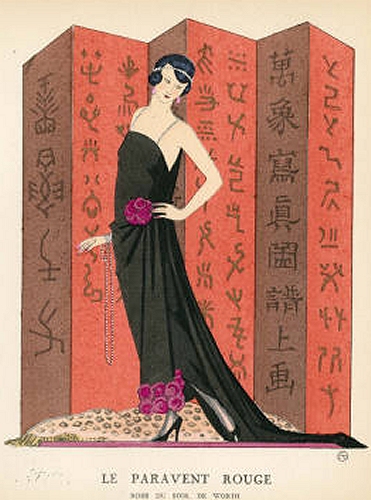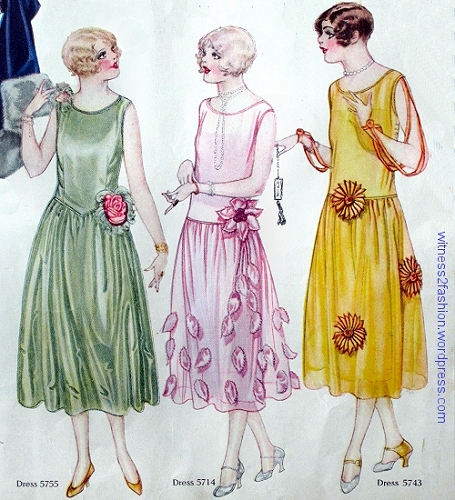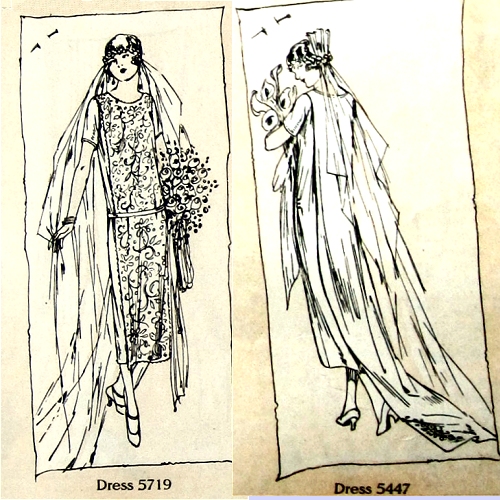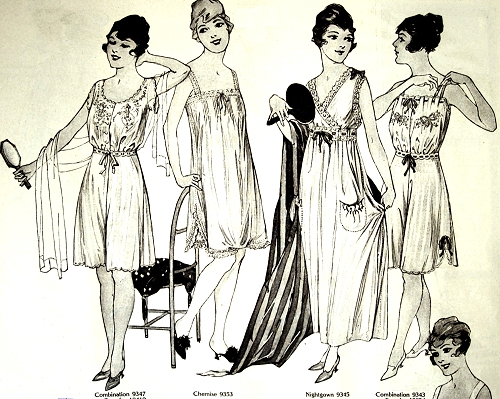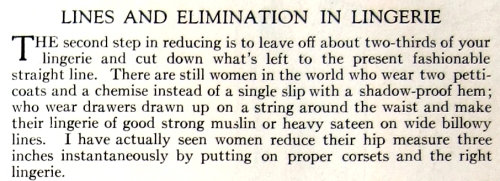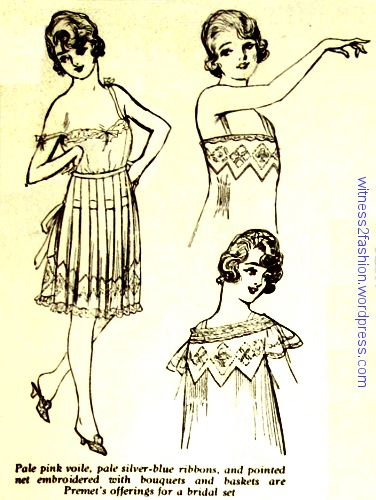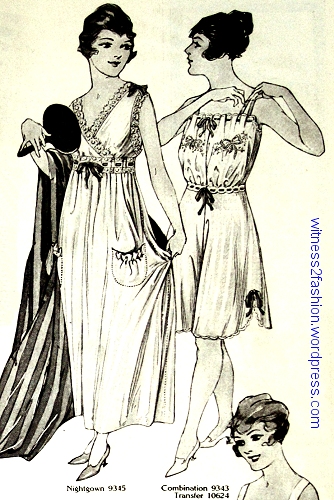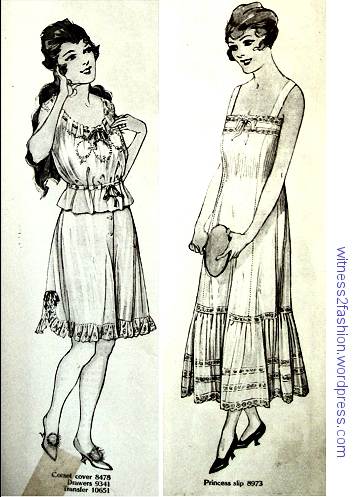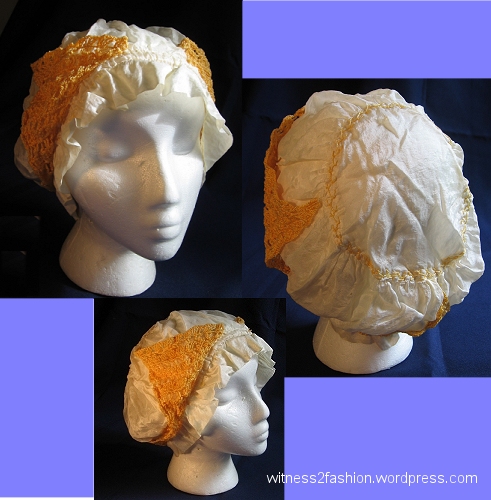
A wedding gown designed by Lucien Lelong and illustrated for Delineator magazine, April 1928. Delineator maintained an office in Paris to get the latest fashions for the Butterick pattern company.
In April 1928, Delineator magazine selected a hypothetical trousseau purchased from the top Paris designers. The wedding gown and several other items were from the house of Lelong. Other designers’ names, like O’Rossen and Jane Regny, may be less familiar. Nevertheless, it’s an interesting time capsule of what a very rich society bride might choose for her first season as a married woman.

To make these images legible, I’ve straightened them out and adjusted them for exposure and clarity.
The illustrations were splayed around the wedding gown in the center, so I have made individual images of each garment to show the details.
The wedding gown displays an extreme version of the uneven hems that were chic in the late Twenties. The front of the gown is at knee length, but the train is extravagantly long.

A dipping train in the back of the wedding dress.
The dress is shaped close to the hips with a series of godets [inserts] which flare in front.

Superb construction was a mark of the House of Lelong.
The simple veil springs lavishly from a close-fitting cap. Large earrings dangle below the severe headdress.
The rest of the bride’s trousseau/wardrobe includes evening gowns, suits, and a coat (which was also by Lelong.)

First, a not-so-simple evening dress from Champcommunal. It is sleeveless, with a long chiffon scarf on one side.

Next, a sporty summer suit which combines fabrics in a very sophisticated way:

The cardigan jacket is casual and striped. The [wonderful] skirt is a floral print, and the same fabric lines the open jacket and trims the pockets. The design house is London Trades.

Dresses with gradations of color [“composé” ] were very stylish.

This dress in graded colors has a coordinating jacket. The designer is Jane Regny.

A real classic is this overcoat by Lelong. The waistline may move up or down, but the basic tailored overcoat appears in some version decade after decade. There is a classic belt in back, too.

The coat, by Lelong, is double-breasted and almost severe.


A wool traveling suit by O’Rossen is worn with a necktie (or scarf tied like a necktie) and a large fur stole. O’Rossen specialized in “tailleurs” — tailored clothing.

Women wore less sporty outfits to afternoon events. This print “dress” and jacket is by Lelong. The big floral decoration on one shoulder may be stiffened self-fabric. Oddly (to my eyes) both this accent and the flare of the asymmetrical skirt are on the left side of her body, rather than the accent being worn on the opposite side to “balance” the skirt. I see this “same side” accent on many 1920s’ illustrations.

A slightly more dressy ensemble by Lelong. The skirt is asymmetrical.

At this level of society, a woman would need more than one evening dress. The one below is extravagantly ruffled, but it’s not girlish.
I can’t get over how modern the model’s hair looks!

A breezy, casual, and chic 1928 hairstyle.

Another evening gown from Lelong, this one has yards and yards of lightweight ruffled net creating a full skirt which dips in the back.

That net dress is for parties and balls, while the “simple” chiffon evening dress would be appropriate for more intimate dinners and dancing.
“Let me tell you about the very rich. They are different from you and me.” — F. Scott Fitzgerald
For one thing, they can buy couture.

































